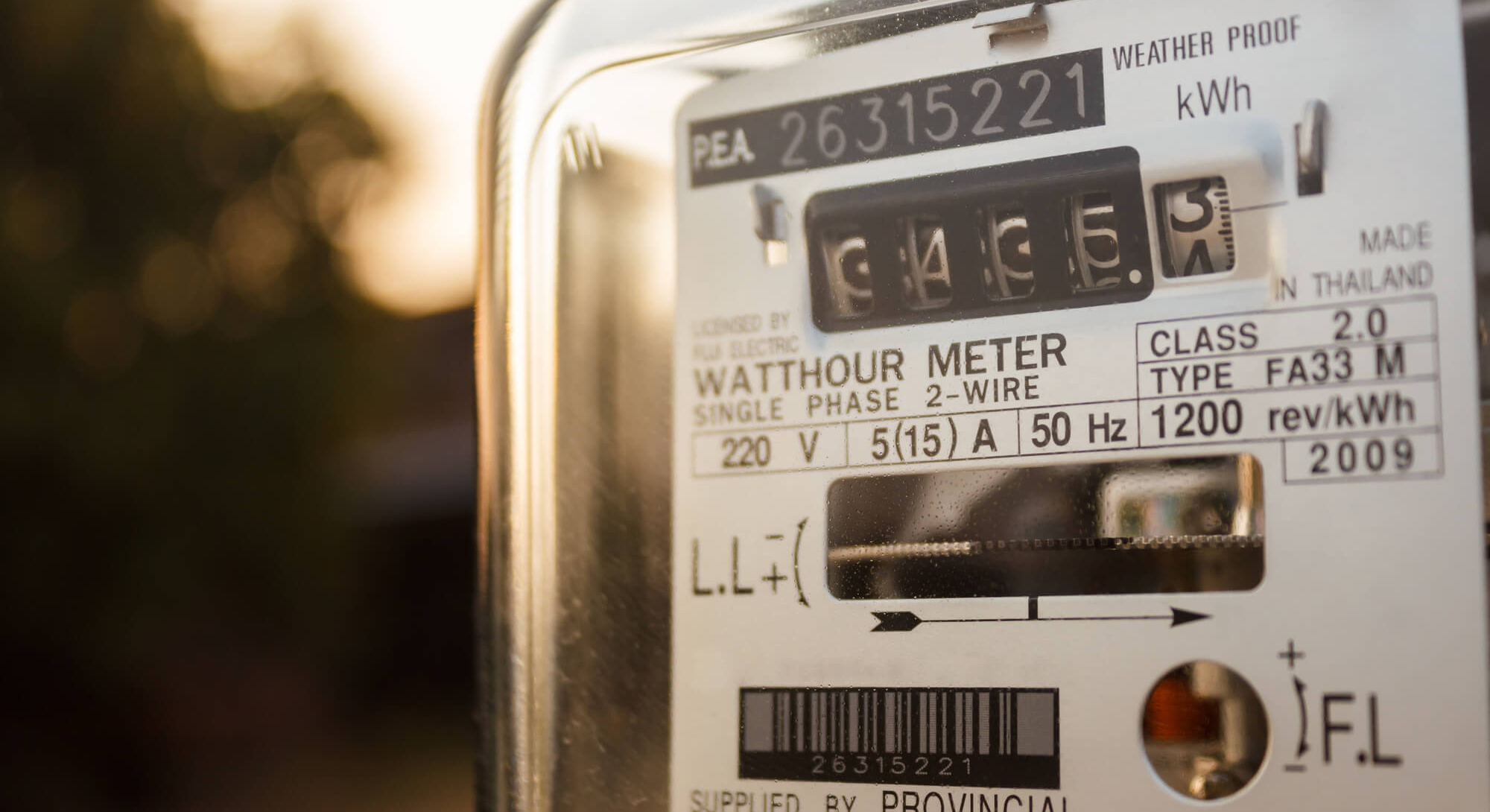24 Nov The Future of Lighting – LED Lighting for the Win
Understanding the different types of commercial and residential lighting can be time-consuming, and more times than not, property owners aren’t 100% sure which option is best for their space. As with many industries, the lighting market has transformed over the years, so consumers continually have access to efficient lighting designs. Whether you’re trying to decide between fluorescent, HID, or LED – it’s likely LED lighting will win the bet.
Lighting Options of Today
Selecting the best lighting option for your space can be challenging, especially with how many options are available on the market today. It’s recommended to explore the pros and cons of today’s lighting options as well as the overall functioning. Becoming knowledgeable of the lighting options you’re considering will help you choose the best solution for your space.
LED
Light-emitting diode or LED lighting consists of two electrodes, an anode and a cathode. To produce the light we see, electricity flows through entirely from the anode to the cathode in one particular direction. Semi-conductive materials like silicon and selenium are utilized to design the diode to encourage electricity conduction. Commercial and residential property owners choose LED lighting for various reasons, from impressive functionality and cost-effectiveness to lower maintenance needs and higher electrical efficiency. LED lighting has slowly transformed today’s lighting and continues to make an impact compared to other traditional lighting solutions.
Fluorescent
Fluorescent lighting can appear in many different styles, from linear fluorescent and fluorescent bent tubes to fluorescent circline tubes and compact fluorescent lamps. Various commercial settings benefit from fluorescent lighting, such as schools, offices, grocery stores, and even retail locations. Fluorescent lighting is easily accessible and cost-effective for these spaces as lighting is often required for extended periods of time. While fluorescent lighting does offer property owners a range of considerable benefits, the bulbs contain mercury that creates a chemical reaction within the bulb to make the light we see. Property owners are encouraged to consider this minor detail as it can be hazardous to the environment and those that may come in contact.
High-Intensity Discharge (HID)
HID lighting is usually what you’ll find in larger areas requiring adequate lighting, such as streets, parking lots, and outdoor stadiums. There are many different types of gas-discharge lighting, from mercury vapor and metal halide lamps to ceramic metal halide, low-and-high pressure sodium, and xenon short-arc lamps. HID lighting is one of the oldest types of electrical lighting available on the market today, meaning they’re usually not as technologically advanced when compared to LED or fluorescent lighting. Because of this, many commercial facilities turn to fluorescent or LED lighting unless it’s specifically needed for a larger space. HID lighting doesn’t offer as many benefits to property owners, but it has its own practical purpose and lower upfront cost.

Increase Energy-Efficiency in Your Property
LEDs originated in the 1960s and were invented for indicator lights on small electrical equipment and circuit boards. Soon after, creators began seeing room for improvement, and LEDs have continued to advance and become more versatile. In the 1980s, LEDs became available for outdoor use and began to replace incandescent and fluorescent bulbs in traffic lights and signs as they offered increased functionality and reliability. LED lighting has continued to transform over the years and, as a result, become the “go-to” for many commercial and residential establishments. Property owners now have access to bright, energy-efficient lighting ranging in colors that offer many outstanding benefits.
- Lifespan: Compared to traditional lighting options, LED lights last up to 40 times longer, meaning property owners will notice substantial savings in utility bills over time.
- Durability: LEDs were initially designed for small electrical devices and circuit boards, which gives property owners more versatility in where lighting is placed. Aside from their small appearance, LEDs are impressively durable, and the likelihood of becoming damaged or breaking is slim to none.
- Increased directional emissions: Property owners that equip their spaces with LED lighting experience a light projection of 180 degrees versus 360 degrees. This means only the area you’re trying to light is illuminated, which saves energy, unlike traditional lighting.
- Energy-efficiency: Because of the lower operating costs and energy consumption of LED lighting, property owners have often reported a 75% improvement in energy ratings after making the transition. If you’re invested in our environment’s health and natural resources, LED lighting is the perfect solution.
- Dimming capabilities: Many property owners are drawn to LED lighting for the dimming capabilities as this alone can reduce a space’s energy consumption, thus resulting in cost savings. LED lighting also offers a remarkable color rendering index (CRI), meaning objects will appear in their natural coloring rather than being hindered by lighting tones.
- Safety: LEDs have been proven not to generate as much heat when used, meaning they have a lower hazard rating and little to no warm-up period. This lighting solution can also operate on low voltage, making it a versatile and practical option for various commercial and residential spaces.
LED Lighting Benefits
Did you know LED lights are about the size of a speck of pepper? What about groups of red, blue, and green tiny lights form together to create the white light we see? Making the transition to LED lighting can bring property owners a variety of benefits, from cost and energy savings to design versatility and improved functionality. Even though LED lighting often requires a hefty upfront investment, the impact it makes on companies and residential locations around the world is worth the cost in the long run.
But, Why Make the Transition?
Aside from your energy savings skyrocketing, making the transition to LED lighting offers property owners many more benefits. Commercial and residential locations have access to a lighting solution that can be explicitly focused on the area you want to be illuminated rather than having dim lighting on a broad area. LED lighting is customizable, meaning property owners can choose the warmth of their lighting. Lighting temperature can vary by industry and location, such as a restaurant or massage space will want warmer lighting to create ambiance. In contrast, a grocery store will want cooler lighting so fresh food items can be viewed in their proper form. LED lighting is also a safe lighting solution compared to traditional lighting options and offers property owners increased reliability through its durability and environmental impact.
LED lighting can be used in a variety of spaces for both commercial and residential settings, from recessed downlighting and outdoor lighting to kitchen lighting. These spaces tend to be pain points for many commercial and residential locations as property owners strive for these areas to be well lit. Due to the compact design of LED lighting, property owners have the capability to effectively illuminate these spaces that can usually be challenging to light with traditional lighting solutions.
Popular LED Lighting Applications
Many property owners transition to LED lighting applications for its impressive design versatility as every space has a varying layout and a unique set of lighting needs. LED lighting can be suitable for various areas, no matter the size, shape, or fixture. Whether you’ve decided to transition your space to LED lighting or are working with a more traditional lighting option, there are many factors property owners should consider when making their choice.
- Ceiling height and type: Giving special attention to the ceiling height and type of your space will help ensure you choose the most effective beam angle and illumination power for the area. Certain lighting fixtures work better with specific ceiling materials, so being aware of these will also help guarantee that you choose the best fixture and reinforcements for your space.
- Temperature: Desired brightness and temperature level vary by industry and establishment type. Whether you’re located in an office space, home, or nail salon, each of these property owners will likely be searching for different lighting based on their individual needs.
- Space size: Accounting for the size of your space is also beneficial when choosing a lighting application as you don’t want to over or under light an area. The square footage of your property will help you determine desired brightness and illumination, so employees, guests, and customers are comfortable.
Today, LED lighting has transformed exponentially, and as such both commercial and residential property owners have a variety of LED lighting applications to choose from, each offering specific benefits based on the space’s needs. From offices and retail locations to healthcare facilities, warehouses, and outdoor gathering spaces – Lighting Maintenance Inc. guarantees there’s an LED lighting solution that will work for every need.
Enhance Your Lighting Design Today With LED Lighting
Your business will continue to evolve regardless of the type of lighting you install. However, isn’t creating a comfortable environment for employees, customers, and visitors a priority? It’s encouraged for property owners to explore each lighting solution’s pros and cons, so the best option is selected based on the space’s unique needs. LED lighting will continue to transform, unlike traditional lighting options, so make the transition today and enhance your current lighting design so you can experience tremendous cost and energy savings.




